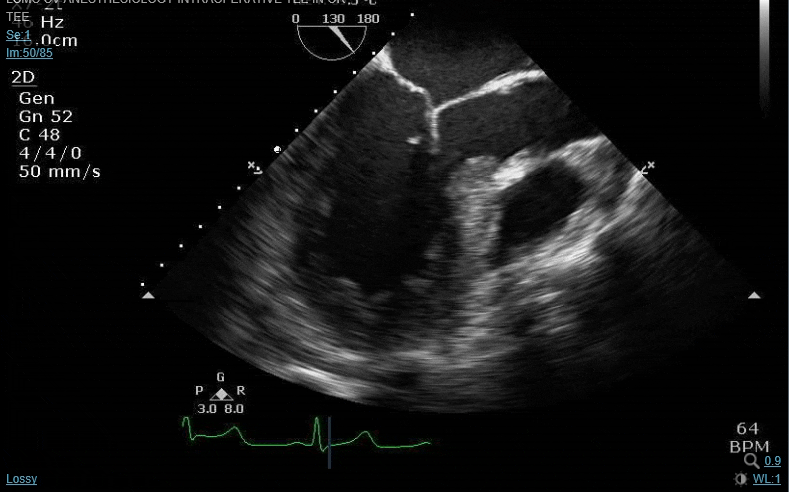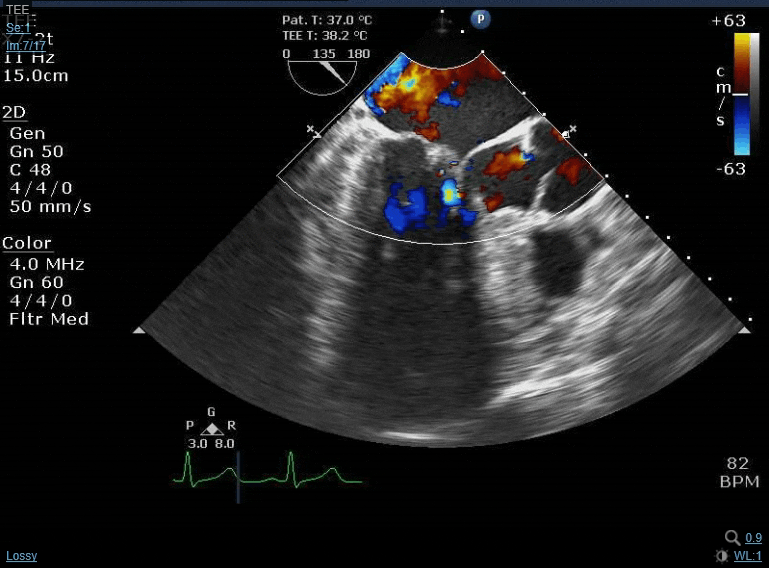D
deleted697535
Tell this guy not to buy any green bananas...
Other than that there really isnt anything else to say other than the usual. PMS in the groins for a pump, else axil impella, loads of dob, vaso probably epi here too plus probably nitric, straight onto dialysis the second he stops peeing. A good perfusionist that will take plenty volume off him. Mitral Probably repairable with a ring.
We have to look at the tricuspid too though with a right that big even off axis
If anyone sneezes around this guy he's done
Other than that there really isnt anything else to say other than the usual. PMS in the groins for a pump, else axil impella, loads of dob, vaso probably epi here too plus probably nitric, straight onto dialysis the second he stops peeing. A good perfusionist that will take plenty volume off him. Mitral Probably repairable with a ring.
We have to look at the tricuspid too though with a right that big even off axis
If anyone sneezes around this guy he's done


